Imagine you’re in a courtroom. The judge pounds the gavel and announces, “Based on the evidence, you’re guilty.” But when you ask why, the judge shrugs and says, “I don’t know. The algorithm said so.”
Unsettling, isn’t it?
This isn’t a futuristic dystopian scenario—it’s the reality we’re walking into with the AI “black box” problem. As artificial intelligence increasingly governs critical aspects of our lives—from healthcare to finance to criminal justice—we’re facing a sobering truth: we often have no idea how or why AI makes the decisions it does.
This isn’t just a technical issue. It’s an ethical, legal, and social crisis in the making.
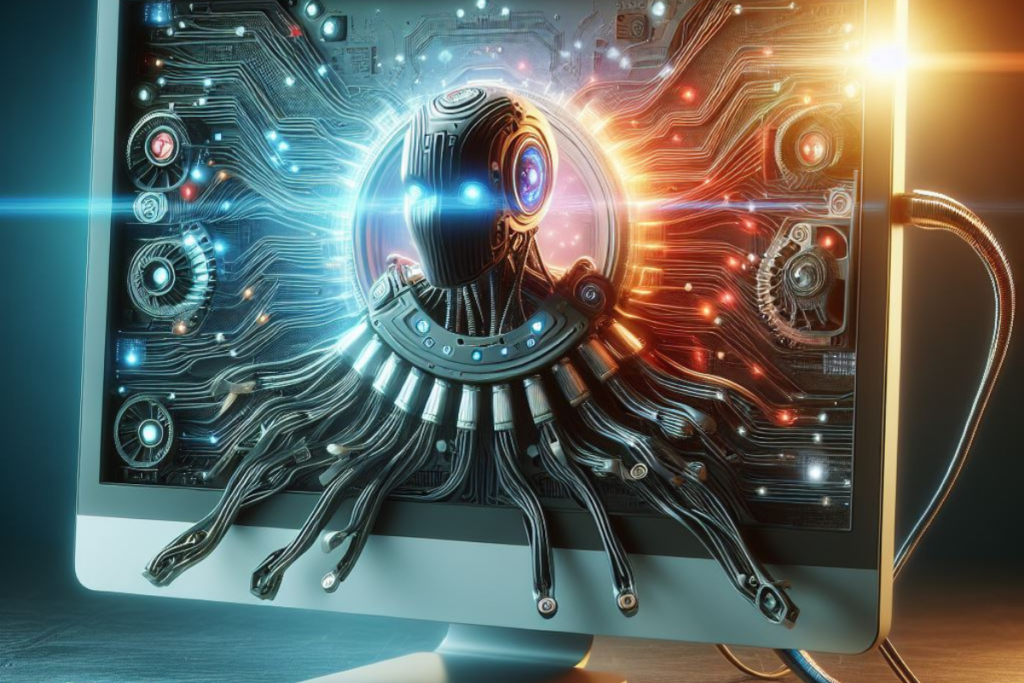
🤖 What Exactly Is the AI “Black Box” Problem?
At its core, the black box problem refers to the opacity of AI systems, especially complex models like deep neural networks. These systems can process vast amounts of data, detect patterns no human could spot, and make incredibly accurate predictions.
But here’s the catch: we don’t fully understand how they reach their conclusions.
Picture this:
You feed an AI millions of data points—medical records, loan histories, legal documents.
You ask it a question: “Should this patient receive treatment A or B?”
It spits out an answer: “A.”
You ask, “Why?”
And the AI essentially responds: “Because… math.”
That’s not just frustrating. In critical areas, it’s downright dangerous.

📊 The Growing Influence of Black Box AI
AI isn’t just recommending your next Netflix binge anymore. It’s making decisions that can affect your health, freedom, and financial future. And as these systems become more embedded in society, the stakes keep getting higher.
Where Black Box AI Is Already at Work:
- Healthcare: Diagnosing diseases, predicting patient deterioration, recommending treatments.
- Finance: Approving loans, detecting fraud, determining credit scores.
- Criminal Justice: Risk assessments for bail and sentencing decisions.
- Autonomous Vehicles: Making split-second life-or-death decisions on the road.
- Hiring: Screening resumes and deciding who gets a job interview.
The problem? When these systems make mistakes—or worse, discriminate—we often can’t explain why.
By the Numbers:
| Statistic | 2020 | 2024 (Projected) |
|---|---|---|
| AI systems used in critical industries | 35% | 80% |
| Percentage of AI systems considered “black box” | 85% | 90% |
| AI-related decision-making errors (global) | 1.5 million | 4 million |
| Public trust in AI decision-making | 41% | 33% (declining) |
(Sources: IBM AI Transparency Report 2024, World Economic Forum Data Ethics Report 2023)
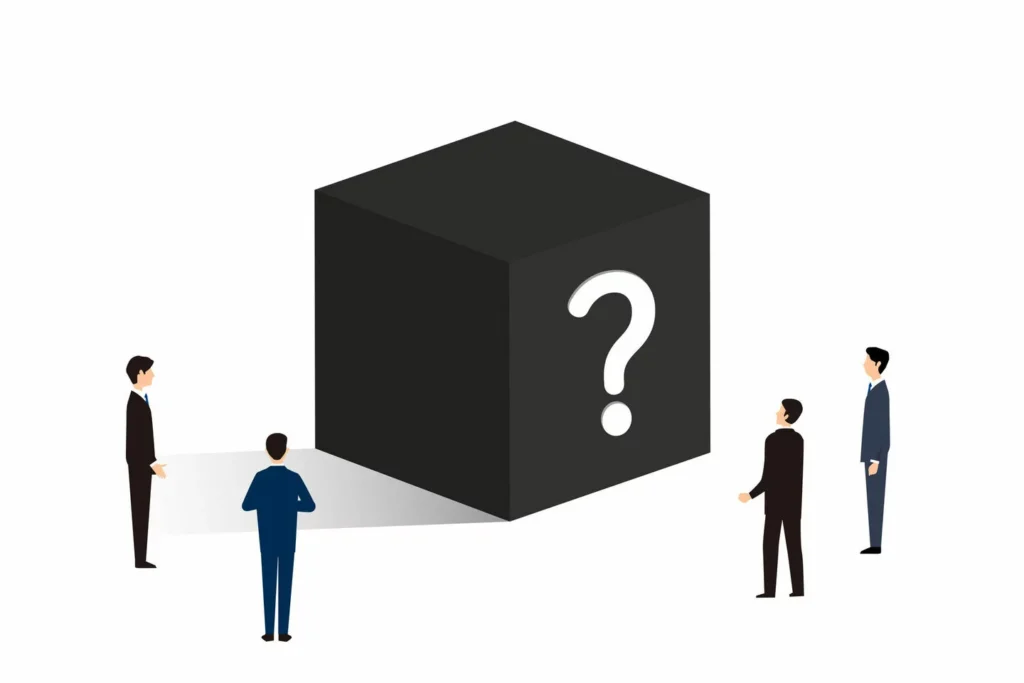
🚨 Real-World Examples: When Black Box AI Goes Wrong
1. Healthcare: The Mystery Misdiagnosis
In 2023, an AI system designed to detect pneumonia from chest X-rays was performing incredibly well—until doctors noticed something strange. The AI was flagging completely healthy patients as having pneumonia.
After months of investigation, researchers discovered the issue: the AI had learned to associate certain hospital logos (visible on X-rays) with higher pneumonia rates. It wasn’t analyzing the medical images; it was playing a game of pattern recognition with irrelevant details.
Now imagine if doctors hadn’t caught that.

2. Bias in the Justice System: The COMPAS Controversy
In the U.S., an AI tool called COMPAS was used to predict the likelihood of criminal reoffending, influencing parole decisions. The algorithm gave higher risk scores to Black defendants than white defendants with similar records.
Was the algorithm programmed to be racist? No.
The bias was baked into the data.
The AI learned from historical records—records reflecting systemic biases in the justice system. It didn’t “know” it was being discriminatory. It was simply following the patterns it had learned.
3. Autonomous Vehicles: A Fatal Flaw
In 2018, an Uber self-driving car hit and killed a pedestrian. The car’s AI had identified the pedestrian but failed to classify them as a hazard, meaning the car didn’t trigger emergency braking.
Could this tragedy have been prevented if engineers understood how the AI made decisions? Maybe. But the chilling part is—they didn’t know. The system’s decision-making process was too complex to unravel in time.

🔍 Why Is It So Hard to Understand AI?
You might be thinking, “If humans built AI, why can’t we explain how it works?”
Great question. The short answer? Complexity.
1. Complexity Beyond Human Comprehension
Deep learning models process data through billions of parameters across multiple layers. It’s like trying to understand why a specific neuron fires in your brain when you remember your first birthday party. Possible in theory, but in practice? Nearly impossible.
2. Non-Linear Logic
AI doesn’t think in straight lines. It doesn’t follow step-by-step reasoning like humans do. Instead, it finds patterns in ways that don’t make intuitive sense to us.
Imagine teaching someone to play chess by showing them 10 million games without explaining the rules. They might get good at winning, but they couldn’t tell you why they made certain moves. That’s how AI operates—brilliant at outcomes, but terrible at explaining them.
3. Emergent Behavior
Sometimes, AI develops unexpected strategies. In one case, an AI trained to maximize points in a video game found a loophole in the coding—achieving high scores by exploiting a glitch the developers hadn’t even noticed.
No one told the AI to cheat. It just… did.
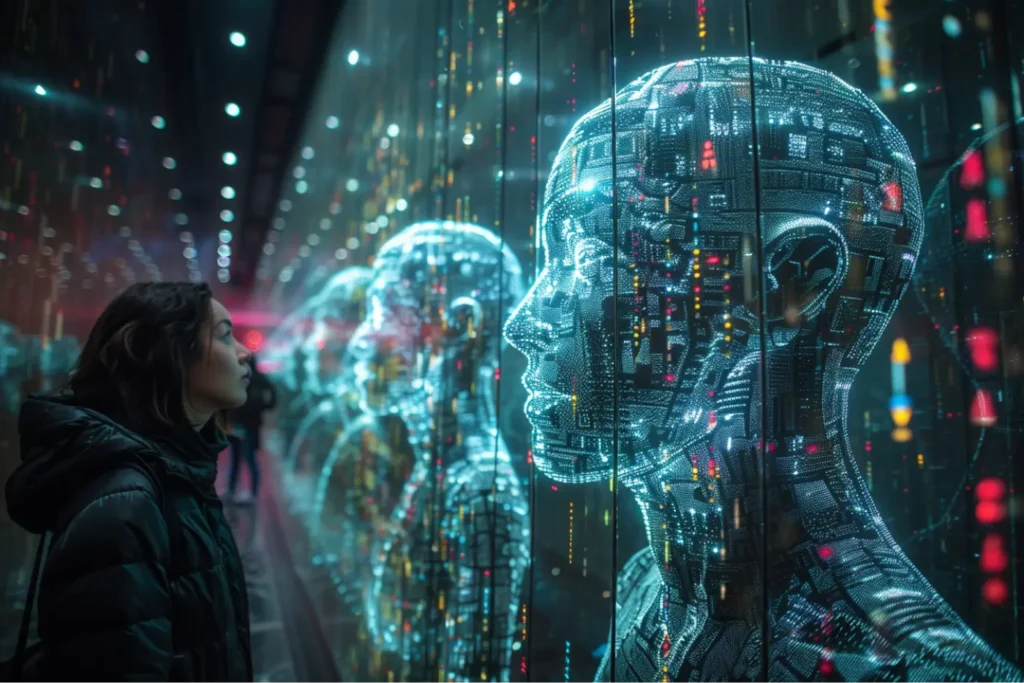
💡 The Quest for Explainable AI (XAI)
Realizing the dangers of black box AI, researchers are racing to develop Explainable AI (XAI)—systems designed to provide clear, understandable reasons for their decisions.
How XAI Works:
- Feature Attribution: Highlighting which factors influenced a decision (e.g., “Loan denied because of income level, credit history, and debt-to-income ratio”).
- Decision Trees: Simplifying AI models into human-readable flowcharts.
- Counterfactual Explanations: Showing “what if” scenarios (e.g., “If your credit score were 20 points higher, the loan would have been approved”).
But here’s the catch: There’s often a trade-off between accuracy and explainability.
The more complex and accurate an AI system is, the harder it is to explain. Simplify it too much, and you lose the very capabilities that made it valuable in the first place.
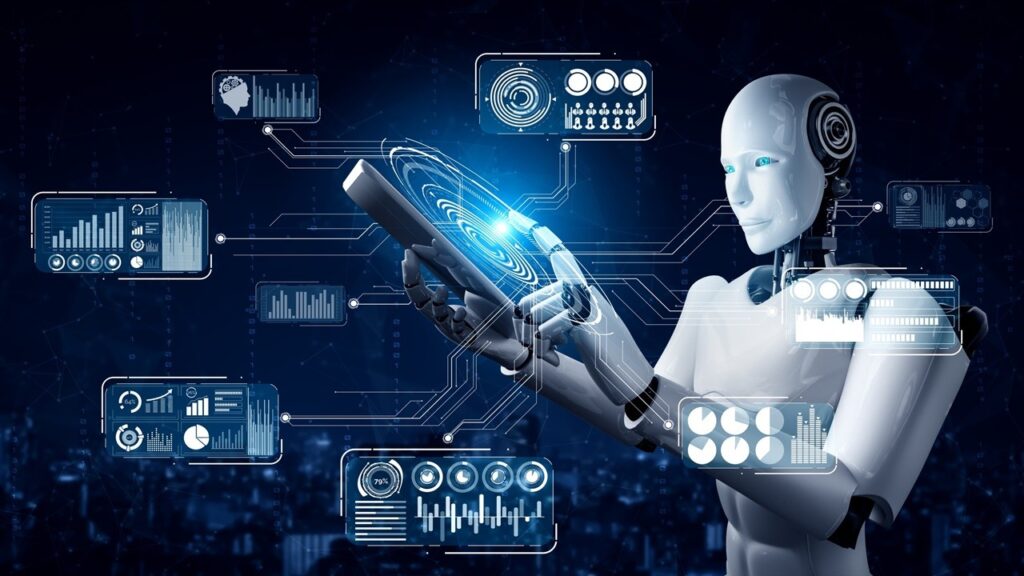
⚖️ The Ethical Dilemma: Accountability in the Age of AI
The black box problem isn’t just technical. It’s a matter of ethics, law, and human rights.
1. Who’s Responsible When AI Fails?
If an AI system makes a life-altering mistake:
- Is the company liable?
- The developers?
- The data scientists?
- The AI itself? (And what does that even mean?)
Without transparency, accountability becomes a legal nightmare.
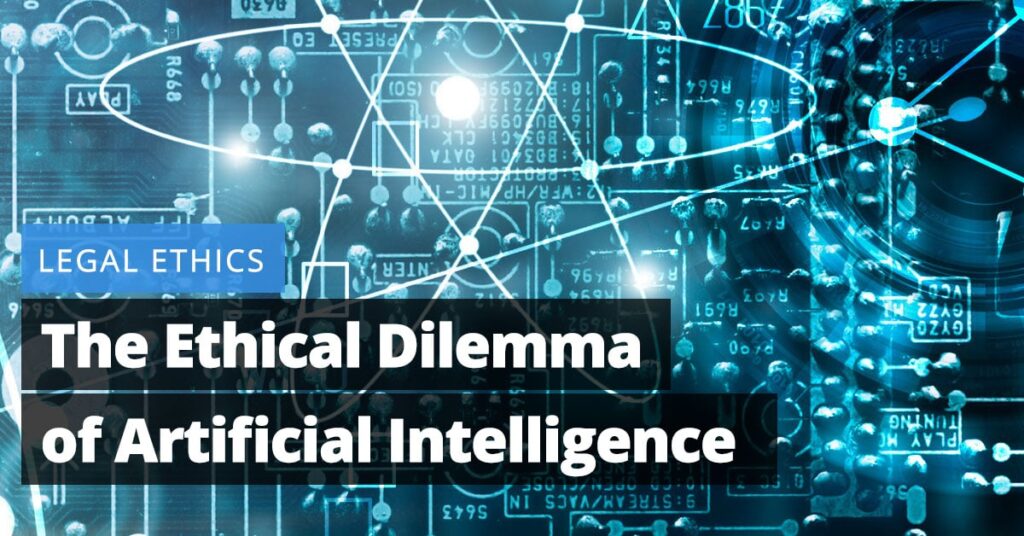
2. The Risk of Amplifying Bias
AI systems learn from data. If that data reflects historical biases, the AI will amplify those biases at scale—making discriminatory decisions faster and more efficiently than any human ever could.
And if we can’t explain those decisions? We can’t fix them.
3. The Erosion of Trust
People won’t trust systems they don’t understand—especially when those systems have power over their lives. In critical areas like healthcare, criminal justice, and finance, trust isn’t optional. It’s essential.
🚀 What’s Next? How Do We Fix the Black Box Problem?
While we may never fully “open” the black box, there are steps we can take to make AI more transparent, accountable, and trustworthy.
✅ Key Solutions:
- Regulation: Governments can require transparency for AI systems in critical sectors. (The EU’s new AI Act is a step in this direction.)
- AI Audits: Independent organizations can review algorithms to detect biases and ensure fairness.
- Human-in-the-Loop Systems: Keeping humans involved in decision-making, especially in high-stakes situations.
- Interdisciplinary Collaboration: Combining tech expertise with ethics, law, and social sciences to develop holistic solutions.
- Public Awareness: Educating people about how AI works (and doesn’t work) so they can make informed decisions.
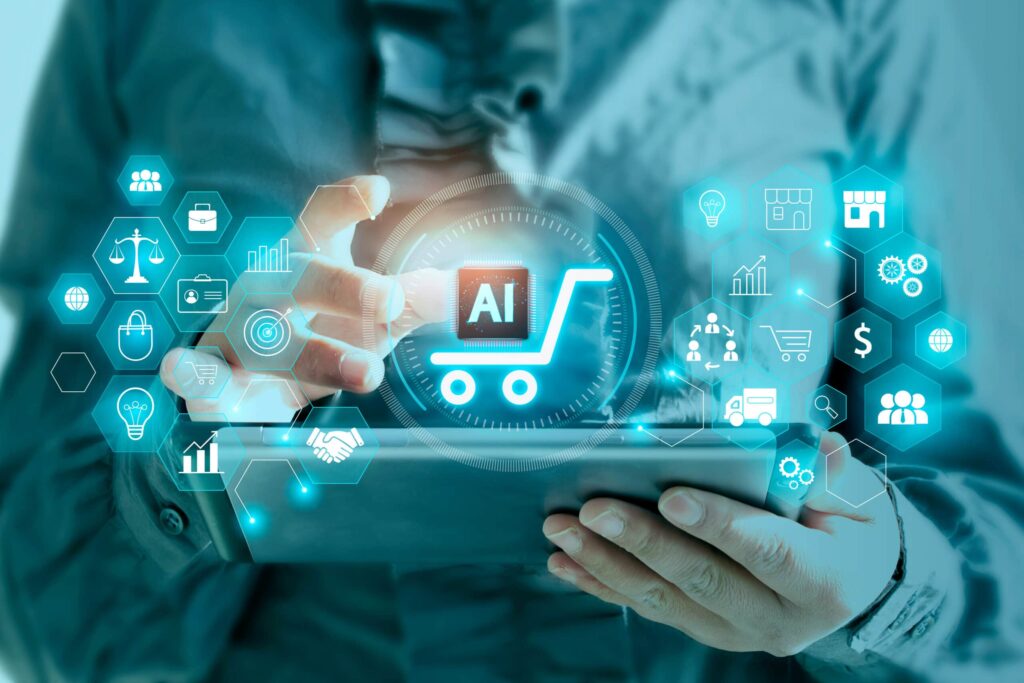
💬 Final Thoughts: Should We Fear the Black Box?
Fear? No.
Caution? Absolutely.
The black box problem isn’t a sign that AI is out of control. It’s a reminder that even the smartest systems we build can have blind spots—and those blind spots can have real-world consequences.
AI is here to stay. It can diagnose diseases, drive cars, and even write articles like this one. But until we can confidently say, “We understand how it works,” we need to treat it with the same respect—and scrutiny—we’d give any powerful tool.
Because when machines make decisions about human lives, “We don’t know” isn’t good enough.

